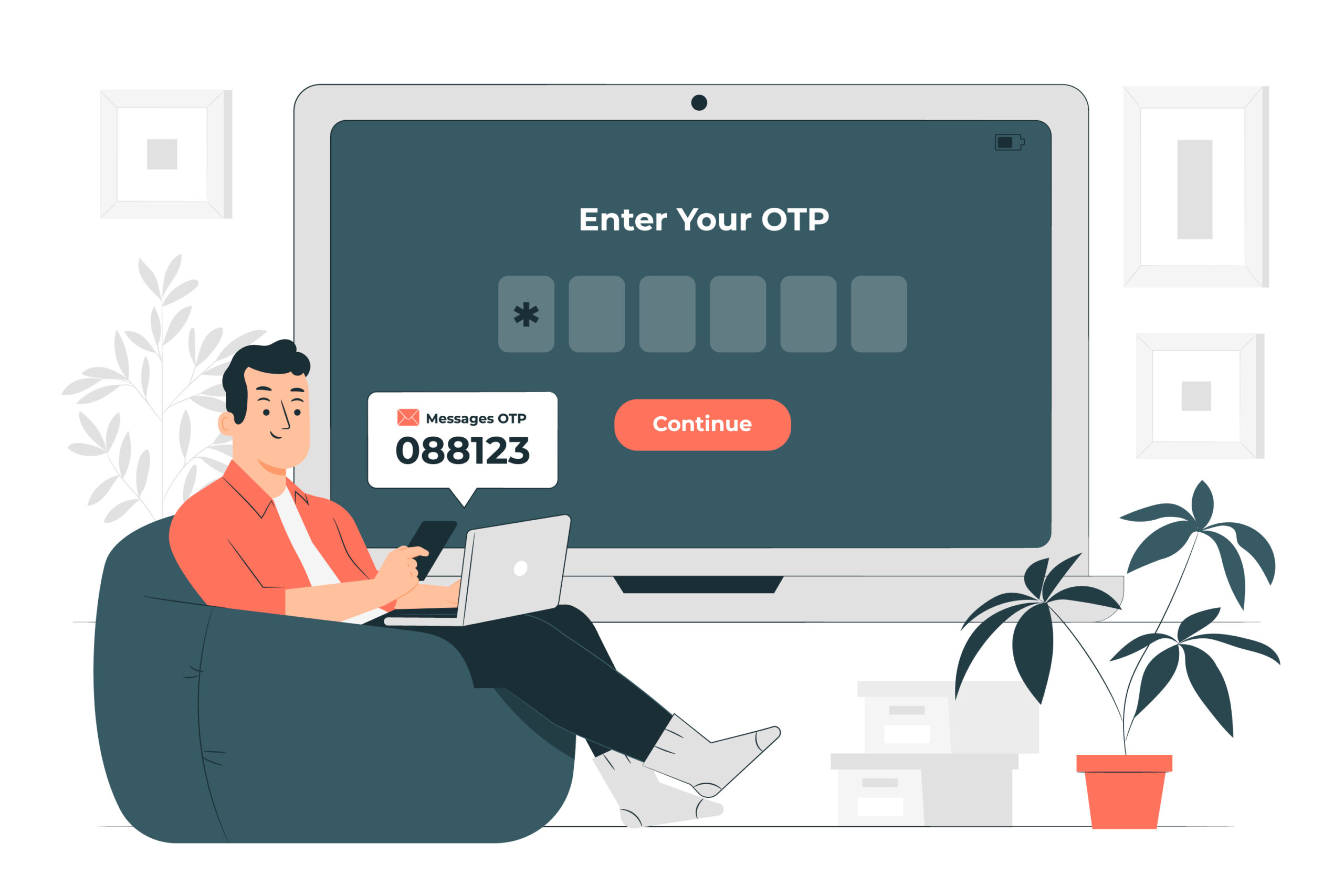Information security has become a constant concern for individuals and businesses alike.
Authentication, or how we verify our identity online or over the phone, has evolved over time. For years, we have relied on passwords and PIN codes to protect our accounts and data, but this traditional form of authentication has its limitations.
Voice biometrics authentication is emerging as an effective and secure alternative, gradually replacing older authentication methods.
<<< Discover the benefits of voice biometrics for Contact Centers >>>
The challenge of passwords and PINs
Passwords and PIN codes have been an integral part of online security for decades. However, their effectiveness has weakened over time due to several limitations. One of the biggest problems is that people often choose weak passwords or reuse them across multiple accounts. This makes them vulnerable to attacks and exposure of sensitive data in the event of a security breach.
In addition, remembering multiple complex passwords is a challenging task, and many people resort to writing them down in insecure places or relying on password managers, which also have their risks.
Voice Biometrics Authentication
In this way, voice biometric authentication presents itself as a promising solution to address the problems inherent in passwords and PINs. Instead of relying on what we know (a password) or what we have (a phone or access card), biometric authentication uses who we are: our unique physical characteristics.
The human voice is one of the most distinctive and difficult characteristics to forge. Voice biometrics takes advantage of this fact by measuring and analyzing a variety of vocal characteristics, such as frequency, pitch, rate of speech, and intonation patterns, using them to create a unique voice profile for each individual.
Voice biometrics is replacing passwords or a PIN to authenticate the identity of customers and users, but is also being used to go further as an additional layer of security.
Enhanced Two-Factor Authentication
In addition to the replacement of passwords with voiceprints, voice biometrics is also gaining ground in two-factor authentication (2FA). Two-factor authentication is an additional layer of security that requires the user to provide two different types of proof of identity before accessing an account or system.
Voice has become a popular choice for second-factor authentication. By linking voice to your account, you add layer of security for customer identification, but more importantly for the workforce when logging into corporate systems. Even if someone manages to get your password, they would still need your voice to access your account. This makes it extremely difficult for attackers to compromise account security.
Download Now: Voice Biometrics as a two-factor authentication
Benefits of Voice Biometrics Customer Authentication
1. Improved Customer Experience and Convenience: Not needing to remember complicated passwords or PIN codes offers a better customer experience while streamlining the authentication process, which is critical to customer retention.
2. Increased Security for Customer Accounts: the human voice is a unique feature that is difficult to forge and by using voice biometrics, companies can ensure a higher level of security for their customer accounts. This reduces the risk of unauthorized access and protects sensitive customer information.
3. Reduced Friction in Transactions: In financial services and telephone transactions, voice biometric authentication enables more secure and frictionless transactions. Customers can confirm transactions or enter into contracts over the phone simply by speaking, streamlining the process and reducing the possibility of fraud.
Benefits of Voice Biometrics Authentication for the Workforce
1. Enhanced Workplace Security: For enterprises, the security of the workforce and corporate data is a priority. Voice biometric authentication provides an additional level of security. Employees can use their voice to access corporate systems, reducing the risk of unauthorized access and potential security breaches.
2. Fast and Hassle-Free Authentication: Using voice biometrics as a second authentication factor allows employees to authenticate quickly and easily while ensuring secure access.
3. Simplified Compliance and Audits: Voice biometric authentication can help companies comply with security regulations and facilitate security audits. Companies can demonstrate their commitment to data protection and regulatory compliance by using a highly secure and traceable form of authentication.
In a world where information security is paramount, voice biometric authentication is emerging as a promising solution to replace outdated password and PIN-based authentication methods.
The most modern and comprehensive solutions on the market are betting on offering a voice biometrics solution that fits the needs of enterprises. From customer authentication using the voiceprint as the only authentication element to the use of the voiceprint as a second authentication step to achieve more secure access for both customers and the workforce.
For those cases where voice biometrics are proposed as a second authentication factor, solutions such as Recordia are also including in their biometric engines the ability to combine voice biometrics with transcription to make the second authentication step even more secure, avoiding access to corporate services or transactions through prerecorded or artificially generated voices.
The future of authentication is ringing loud and clear: voice biometrics is here to stay.
Find out more about Recordia’s voice biometrics solution by clicking here.

